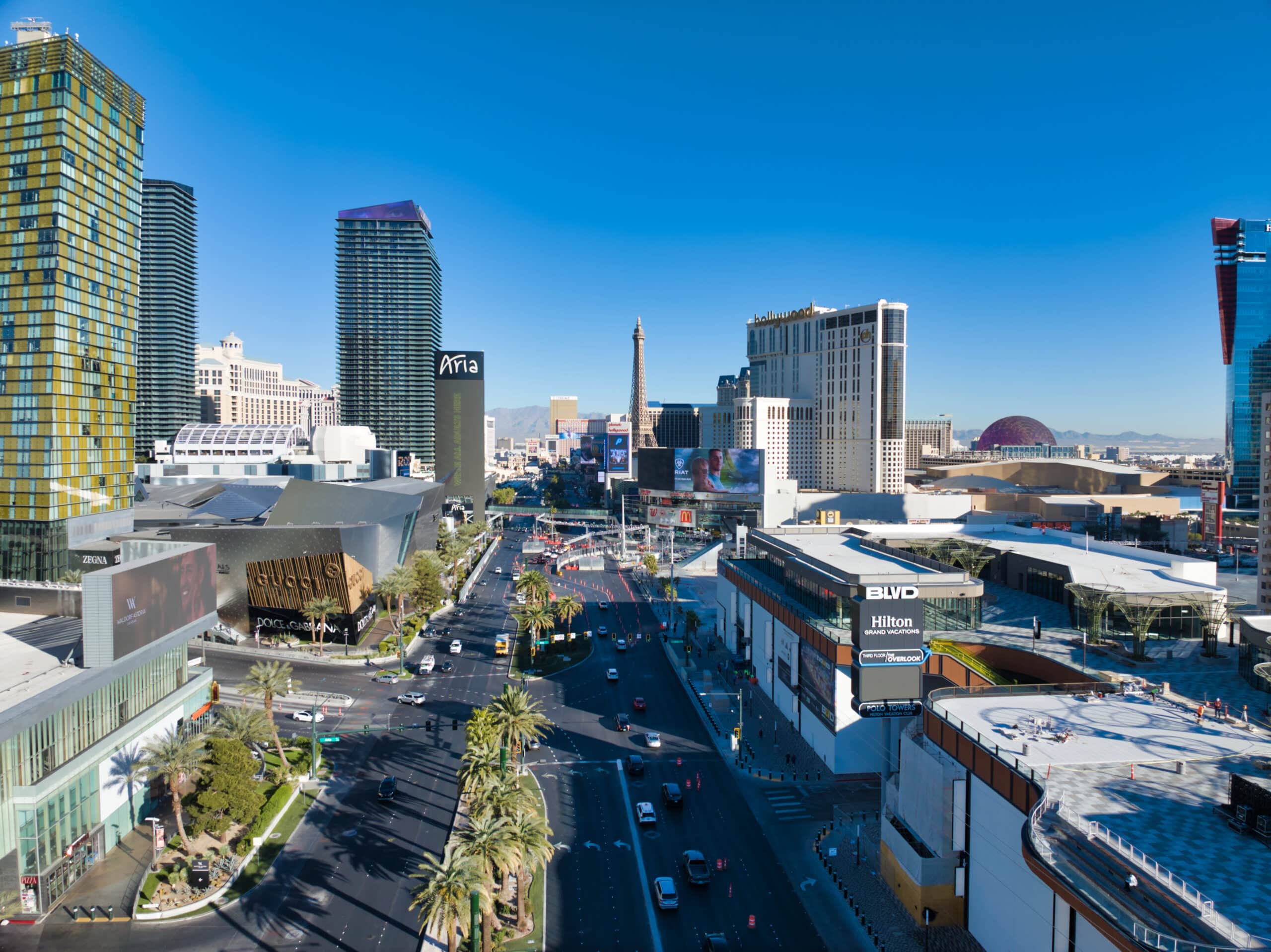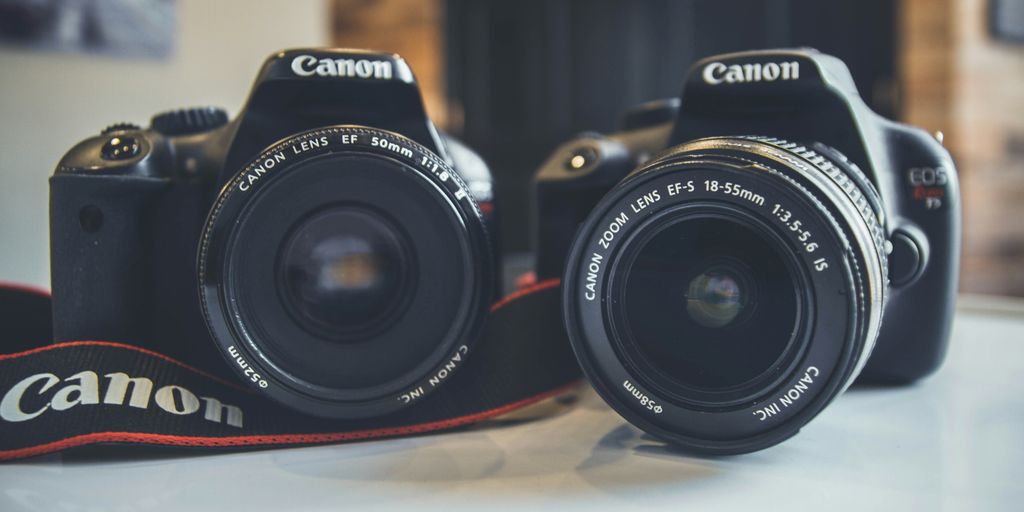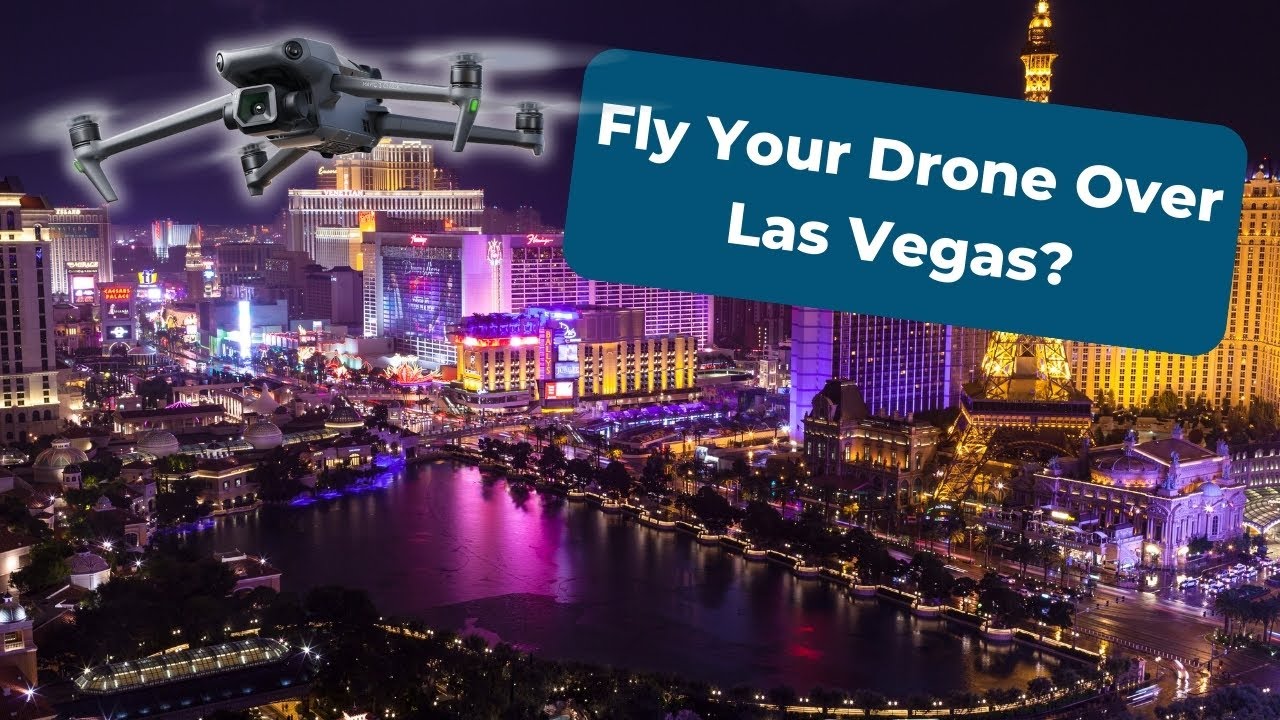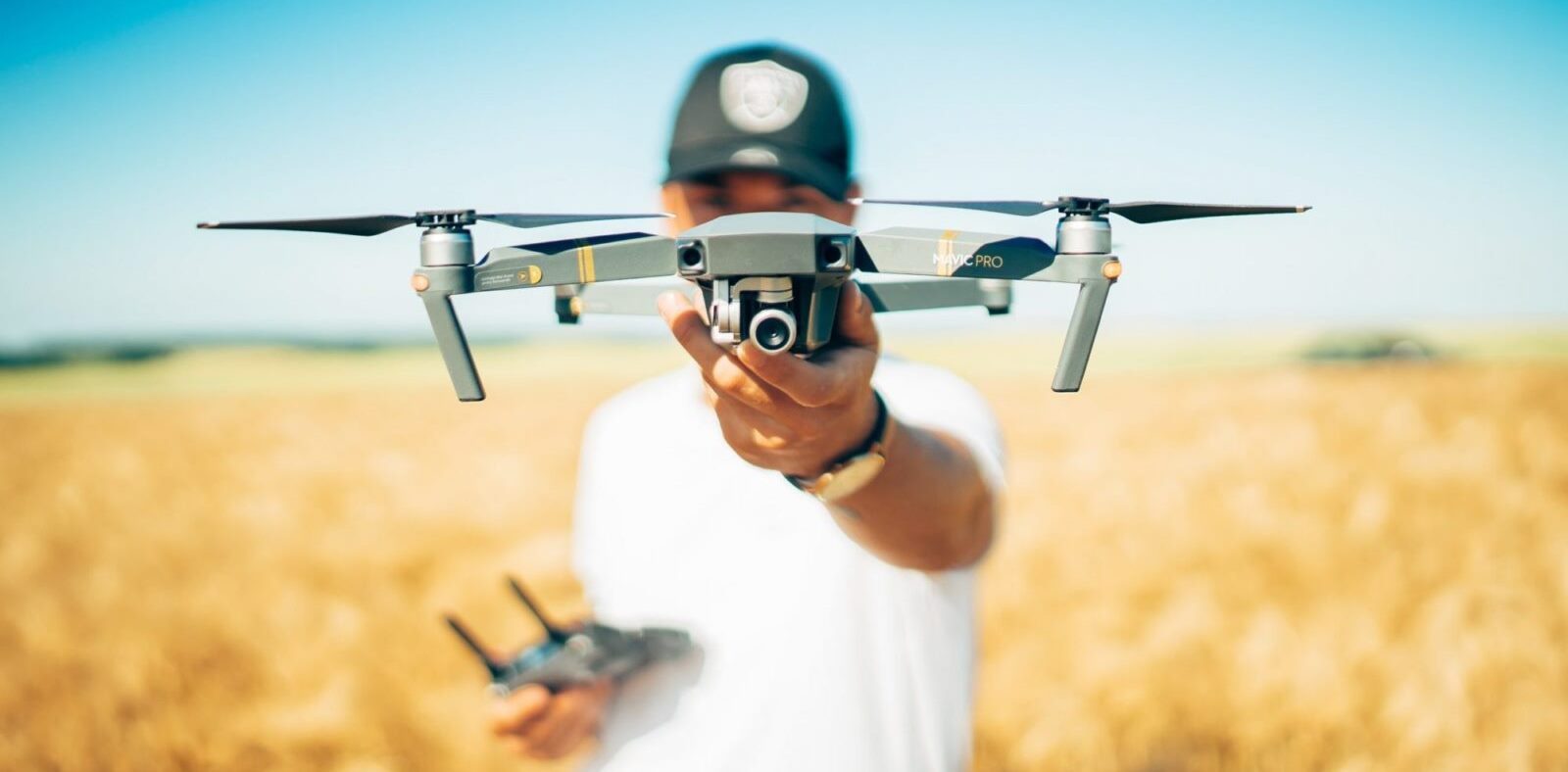
Mastering the Art of Professional Aerial Photography: Tips and Techniques. Aerial photography offers a unique and captivating perspective, transforming ordinary scenes into breathtaking aerial masterpieces. With the rise of drone technology, amateurs and professionals can capture stunning visuals from the sky. This article explores the essential tips and techniques for mastering the art of professional aerial photography, enabling you to elevate your work and captivate your audience.
Key Takeaways
- Invest in a high-quality drone and essential accessories, such as gimbals and neutral density (ND) filters, to enhance image stability and quality.
- Master drone controls and flight techniques to navigate different weather conditions and execute advanced maneuvers.
- Understand and adjust camera settings to optimize image capture and employ composition techniques for impactful framing.
- Plan your shoots carefully, considering location scouting, legal restrictions, and safety protocols to ensure successful sessions.
- Continuously learn from experienced aerial photographers and integrate innovative ideas to keep your work fresh and engaging.
Choosing the Right Equipment for Professional Aerial Photography

Selecting the Best Drone
The first step to successful aerial photography is selecting the right equipment. While drones have become the go-to tool for capturing aerial shots, not all drones are created equal. When choosing a drone, consider factors such as camera quality, flight stability, battery life, and maneuverability. Opt for a drone equipped with a high-resolution camera that can capture crisp, detailed images, and ensure it offers features such as GPS stabilization and obstacle avoidance for smooth and safe flights.
Investing in a High-Quality Gimbal
Investing in a high-quality gimbal is essential for capturing stable and clear aerial footage. A gimbal compensates for the drone’s movements and vibrations, ensuring the camera remains steady during flight. This is essential for producing professional-quality videos and photographs.
Essential Accessories to Enhance Performance
To enhance your drone’s performance and your overall photography experience, consider these essential accessories:
- Extra batteries: To extend your flight time and capture more footage.
- Propeller guards: Protect your drone and enhance safety during close-range flights.
- ND filters: These filters control the exposure and help manage the effects of sunlight on your images.
- Carrying case: This is for convenient transport and protection of your equipment.
Mastering Flight Techniques

Mastering the art of drone photography involves understanding how to operate the camera and how to control the drone expertly. Flying a drone may seem straightforward, but mastering flight techniques is essential for capturing stunning aerial shots.
Understanding Drone Controls
I’ve spent countless hours familiarizing myself with the drone’s controls, including throttle, yaw, pitch, and roll. It’s crucial to practice smooth and precise movements to avoid jerky footage, which can ruin the aesthetic of your shots.
Navigating Different Weather Conditions
Weather plays a significant role in aerial photography. I always check weather forecasts before planning a shoot and avoid flying in extreme conditions. Learning to handle mild winds can be beneficial, but safety should always be the top priority.
Advanced Maneuvering Skills
Mastering advanced flight techniques is vital to elevating your photography. I practice flight patterns like orbiting, tracking, and revealing shots to create dynamic footage. Experimenting with techniques such as the parallax effect and dolly zoom can add a unique touch to your aerial shots.
Improving Photography Skills

Camera Settings for Optimal Shots
To truly master aerial photography, understanding and manipulating your camera settings is crucial. Adjusting the ISO, shutter speed, and aperture can dramatically affect the quality of your images. Here’s a quick guide:
- ISO: Keep it as low as possible to avoid noise.
- Shutter Speed: Fast enough to prevent motion blur.
- Aperture: Adjust based on the desired depth of field.
Composition and Framing Techniques
Effective composition is critical to creating visually appealing images. I always try to apply the rule of thirds and find exciting ways to frame my shots. Experimenting with different angles and perspectives can give your photos a fresh look.
Timing and Lighting Considerations
The right timing and lighting are essential for capturing the perfect shot. I prefer to shoot during the golden hours—shortly after sunrise or before sunset—when the lighting is soft and warm. Planning your shoots around these times can significantly enhance the visual impact of your images.
Planning and Preparation

Scouting Locations
Scouting the location is crucial before I even consider taking off. I visit the site in advance to assess potential obstacles and find the best angles for my shots. This preparation saves time during the actual shoot and ensures that I capture the essence of the location perfectly.
Understanding Legal Restrictions
It’s essential to be aware of the legal landscape surrounding drone photography. I always check for flight restrictions or safety guidelines specific to the area where I plan to shoot. This not only helps avoid fines but also respects the privacy and safety of others.
Safety Protocols and Risk Management
Safety is my top priority when planning any aerial photography session. I meticulously plan my shoots around weather conditions and ensure all safety protocols are in place. This includes checking my equipment thoroughly and being prepared for unforeseen circumstances during the shoot.
Post-Production Processes

Editing Software and Techniques
After capturing stunning aerial shots, the real magic happens during post-production. I use advanced editing software to tweak the raw footage, ensuring each frame is visually compelling. Adjusting color balance, contrast, and sharpness is a crucial steps that transform good photos into great ones. Experimenting with different editing styles allows me to develop a unique signature look that stands out.
Color Grading for Aerial Shots
Color grading is essential in defining the mood and enhancing the visual appeal of aerial footage. I meticulously adjust elements like contrast, saturation, and color balance using specialized software. This process is vital for creating a cohesive final product that resonates with viewers. It’s a transformative phase where raw footage becomes a polished masterpiece.
Creating a Cohesive Portfolio
I curate a portfolio that showcases my best work, effectively highlighting my aerial photography skills. This involves selecting images that demonstrate technical skill and tell a compelling story. Organizing these images cohesively ensures that potential clients can easily grasp the quality and style of my work, making it easier to market my services.
Innovative Aerial Photography Ideas

Exploring Panoramic Aerial Shots
I’ve found that panoramic aerial shots can genuinely showcase the expansive beauty of a landscape or cityscape. By stitching together multiple images, I create a comprehensive, sweeping view that captures details unattainable from the ground. This technique enhances the visual appeal and adds a dramatic flair to the portfolio.
Incorporating Motion for Dynamic Imagery
I often incorporate motion into my aerial shots to capture the essence of movement. This could be tracking moving vehicles, flowing water, or even event crowds. The dynamic imagery created adds a layer of excitement and realism, making the photos not just pictures but stories.
Utilizing Drones for Event Photography
The use of drones has revolutionized event photography. Drones offer a unique vantage point for weddings and concerts that traditional photography can’t match. The aerial shots make the event more atmospheric, providing a comprehensive view that adds depth to the coverage.
Learning from the Experts

Case Studies of Successful Projects
I’ve found that reviewing case studies of successful aerial photography projects is invaluable. These studies provide a roadmap of what works in real-world scenarios, highlighting the technical skills and creative approaches that lead to stunning results.
Tips from Seasoned Aerial Photographers
Gleaning insights from seasoned aerial photographers has been a game-changer for me. They often share practical tips on everything from selecting the right equipment to managing unexpected weather conditions, which are essential for mastering this art.
Continuous Learning and Skill Enhancement
The field of aerial photography is constantly evolving, and staying current with the latest techniques and technologies is crucial. I attend workshops, webinars, and online tutorials to keep my skills sharp and my work fresh.
Marketing Your Aerial Photography Services

Building an Online Presence
In today’s digital age, having a solid online presence is crucial. I focus on creating visually appealing websites and maintaining active social media profiles. Platforms like Instagram and Facebook are perfect for showcasing aerial photography, attracting followers, and engaging with potential clients. Regular updates and high-quality content are essential for maintaining audience interest and driving traffic to my website.
Networking with Industry Professionals
Networking is essential for growth and learning in aerial photography. I attend industry conferences, workshops, and seminars to connect with other professionals in my field. This helps in learning new techniques and opens doors for collaborations and referrals. Engaging with peers can lead to opportunities that might not be available otherwise.
Showcasing Unique Selling Points
To stand out in the competitive field of aerial photography, I highlight my unique selling points. These include specialized skills like panoramic aerial shots, dynamic imagery, and my ability to handle complex projects. I ensure that potential clients understand the advantages of hiring my services by highlighting these strengths in my marketing materials and during client conversations.
Elevate your marketing game with Sky View Las Vegas, the premier destination for aerial photography services. Our FAA-certified drone pilots are equipped to capture stunning, high-resolution images that will set your listings apart in the competitive real estate market. Don’t get left behind in the digital age; visit our website to learn more about our services and how we can help you stand out. [Visit Sky View Las Vegas Services](https://skyviewlv.com/services).
Conclusion
Mastering the art of professional aerial photography is a journey that combines technical skill with creative vision. You can capture breathtaking aerial visuals that stand out by carefully selecting the right equipment, practicing diligently, and embracing an innovative approach. Remember, the key to success in aerial photography lies in continuous learning and adapting to new techniques and technologies. So, keep flying, keep shooting, and let your creativity soar to new heights!
Frequently Asked Questions
What are the essential pieces of equipment for professional aerial photography?
Essential equipment for professional aerial photography includes a high-quality drone with good camera resolution, a reliable gimbal for stabilization, extra batteries, ND filters, and various accessories to enhance performance and adapt to different shooting conditions.
How can I enhance my drone flying skills to capture better aerial shots?
Improving drone flying skills involves understanding and mastering drone controls, practicing in various weather conditions, and learning advanced maneuvering techniques. Regular practice and learning from each experience are crucial.
What are the optimal camera settings for aerial photography?
Optimal camera settings for aerial photography typically involve adjusting the shutter speed, ISO, and aperture to accommodate varying lighting conditions. Using ND filters can help manage exposure for more precise and sharper images.
How should I plan and prepare for an aerial photography session?
Planning for an aerial photography session involves scouting locations ahead of time, understanding legal restrictions related to drone flying in the area, and implementing safety protocols to manage risks effectively.
What are some innovative ideas for aerial photography?
Innovative ideas for aerial photography include exploring panoramic shots, incorporating motion to create dynamic imagery, and utilizing drones to capture unique angles at events or in natural landscapes.
What post-production processes can enhance aerial photographs?
Post-production processes that enhance aerial photographs include using editing software to adjust contrast, brightness, and saturation, as well as color grading to enrich the visual appeal, and compiling a cohesive portfolio to showcase your best work.





Comments are closed.